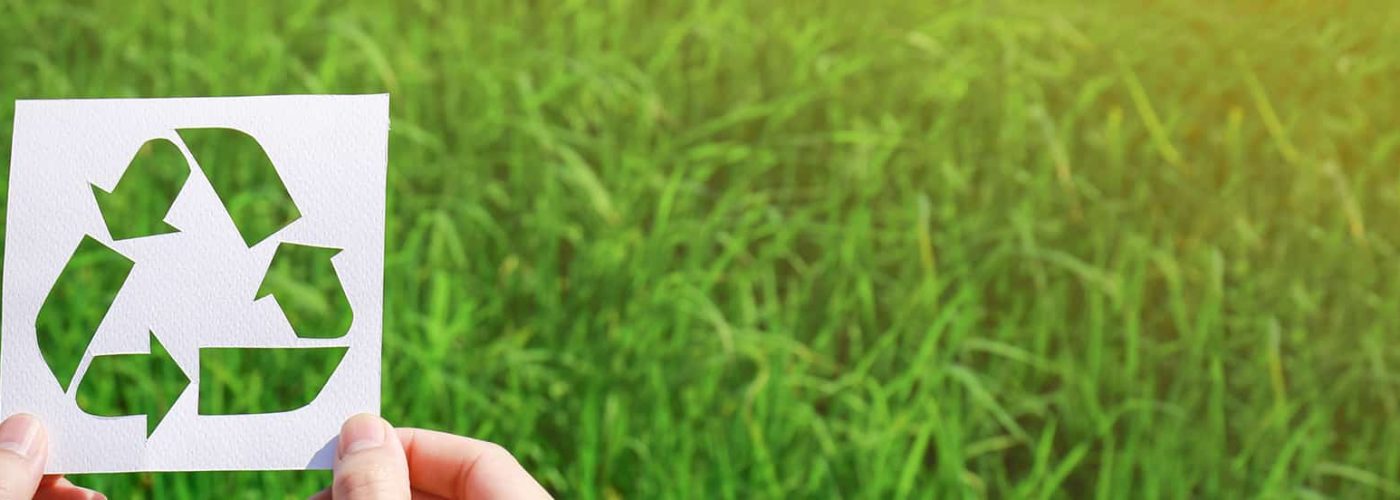The construction industry has been pushing so hard towards sustainable packaging, and it is all for a good cause. The sector handles, stores and ships a lot of materials every day. So, reducing waste at the packaging level is a low-hanging fruit as far as efforts towards sustainability are considered.
In this article, we will cover how leak testing reduces waste in construction materials and why it is arguably the easiest way to enhance sustainable packaging efforts.
Why Compromised Packaging is the Real Problem
Before we get to the importance of leak testing, it is essential to find out more about compromised packaging and how it weakens sustainability efforts.
Issues like a puncture or a leak in the material’s packaging can cause plenty of problems, including the following:
- Material degradation – a lot of construction materials we use today are sensitive to moisture and air exposure. So, if there is any damage to the packaging (like a broken seal or a punctured bag), it can allow the elements in, leading to a wide array of damage.
- Financial losses – compromised packaging can also lead to financial losses for both the manufacturer and the consumer. Besides the direct cost of the material itself, you may also need to incur additional fees for material disposal and unforeseen project delays.
In general, compromised packaging can lead to losses, environmental damage and slow down the efforts to make construction packaging more sustainable. And that is why leak testing has become such a crucial part of the materials packaging process.
How Leak Testing Can Help Reduce Material Waste
Catches Problems Before Materials are Shipped
Leak testing is one of the primary steps in the quality testing process, which is done before the materials leave the manufacturing floor. As such, it helps you catch any problematic packaging before they are shipped to a warehouse or the construction site.
If you had to rely solely on visual inspection, there are plenty of compromised packages that could easily slip through the quality control process. These are the ones that slowly let the elements in or leak the material out, leading to unnecessary damage to both the products and the environment.
Leak testing allows you to assess the packaging integrity. And, any packaging that doesn’t meet the standard can easily be redone or entirely replaced without damaging the product.
Increases Shelf Life
Not all construction materials produced are used immediately. In fact, most of them are stored in warehouses for months or even years before they are supplied to construction sites. And, without proper packaging, there is a great risk you will be counting losses within a very short time.
Once the packaging is compromised, the product starts deteriorating slowly. You will notice things like moisture traces in dry products like cement and air damage in sealant barrels. Leak testing can significantly increase the shelf life of your materials. In other words, you will toss out a few (if any) products when it’s time to make supplies.
Conclusion
In the end, sustainable packaging can only work if the packaging itself actually does the job. And leak testing is the best way to ensure that. It protects the materials, increasing shelf life and minimising unnecessary waste. So, if you want to reduce waste and prevent your sustainability efforts from falling apart, the first place to start is investing in leak testing solutions designed for construction materials.





